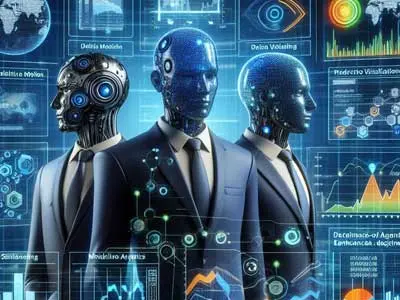Ciao.AI AGENTS
Phygital Power
At Ciao.Ai, we envision a future where AI agents seamlessly integrate into our daily lives, enhancing productivity, creativity, and well-being.
Through innovation and ethical stewardship, we aim to build a world where AI agents are trusted partners in advancing human progress.
Through data insights and automation, AI optimizes processes, enhances decision-making, and sparks innovation across diverse sectors, empowering our community to pioneer the future of technology and beyond.
Ciao AI activities can enrich the collaborative ecosystem of Ciaolab Innovation Hub, fostering innovation, collaboration, and growth among its members and stakeholders.
At Ciao.Ai, we are proud to be at the forefront of this transformation, leading the way in AI-driven innovation.
Artificial Intelligence (AI) is rapidly transforming the landscape of business, reshaping industries, and redefining the way we live and interact as a society. As AI continues to advance, its impact is felt across every sector, driving innovation, enhancing efficiency, and creating new opportunities that were once unimaginable.
AI is revolutionizing the world, collaboration, business, research, learning, sustainability, and more. AI-driven collaboration platforms leverage NLP and ML to enable real-time collaboration and project management. With AI-based market research automation, members gain efficient insights for informed decisions.
AI is a catalyst for change, driving innovation and offering new possibilities across every facet of life. Its impact on business, humanity, and society is profound, presenting both opportunities and challenges that will define the future of our world.
By embracing AI with a commitment to ethical practices and social responsibility, together we can unlock its full potential to create a better, more connected, and more equitable future for all.
AI-Agents Revolution
AI agents are intelligent systems that can operate autonomously or semi-autonomously within their environment.
They are equipped with sensors to perceive their surroundings, algorithms to process the data, and actuators or other mechanisms to take action.
Depending on their complexity, AI agents can range from simple rule-based systems that respond to specific inputs to advanced learning agents that continuously adapt based on experience and data.


AI-Driven Collaboration Platforms
AI's impact extends beyond business, touching the daily lives of individuals in profound ways.
From smart home devices that simplify household management to virtual assistants that help with daily tasks, AI is becoming an integral part of everyday life.
In healthcare, AI is revolutionizing diagnostics, treatment planning, and patient care, enabling more accurate and personalized medical interventions.
As AI continues to evolve, it holds the potential to improve quality of life, empower individuals with new tools and resources, and enhance human capabilities.
AI-Powered Business Development Strategies
In the business world, AI is a powerful force of disruption and innovation.
Companies across various industries are leveraging AI to optimize operations, improve decision-making, and deliver personalized experiences to customers.
From automating routine tasks to analyzing vast amounts of data for insights, AI enables businesses to operate more efficiently and competitively.
Whether it's through predictive analytics in finance, AI-driven marketing strategies, or intelligent supply chain management, the integration of AI is setting new standards for productivity and growth.
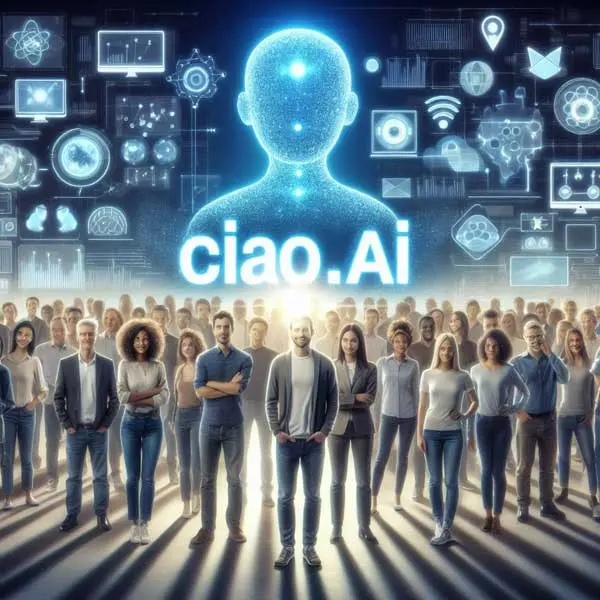
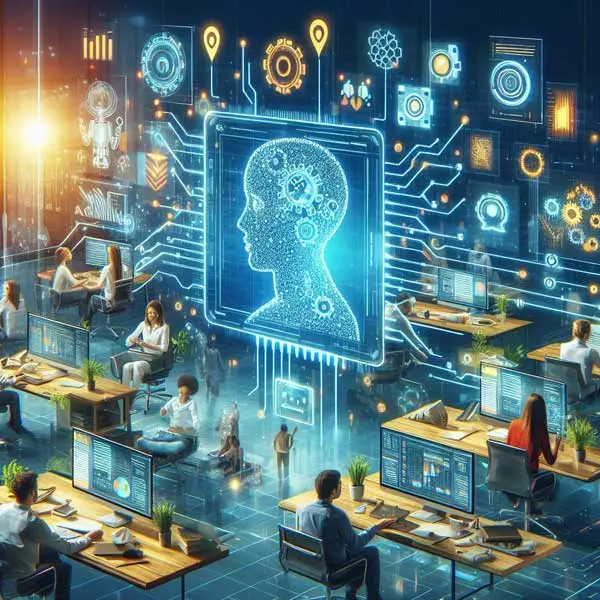
AI-Entertainment and Media
AI applications in entertainment include interactive over the video and media, content recommendation systems, personalized content creation, virtual assistants for content curation, sentiment analysis for audience feedback, and AI-generated music and art.
The Mixture-of-Agents (MoA) approach also holds significant
potential in the entertainment and media industries, where AI is
increasingly being used to create more engaging and personalized
experiences for consumers.
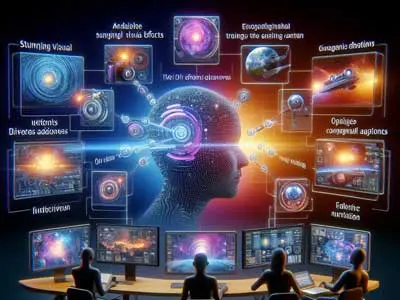
Content Creation
MoA can revolutionize content creation by combining the expertise of different agents.
For example, one agent might specialize in generating realistic visual effects, another in crafting compelling narratives, and yet another in optimizing content for specific audiences.
By working
together, these agents can produce high-quality content that resonates
with viewers on multiple levels

Personalized Entertainment
In the world of personalized entertainment, MoA systems can deliver highly tailored experiences by analyzing user preferences and behaviors.
Agents specializing in recommendation systems, content adaptation, and
user engagement can collaborate to provide viewers with customized
content that meets their unique tastes and interests
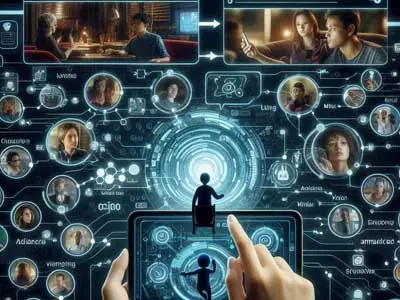
Interactive Storytelling
MoA can enhance interactive storytelling by enabling real-time adaptation of narratives based on user input.
Different agents can be
responsible for character development, plot progression, and audience
interaction, creating dynamic and immersive stories that evolve as the
audience engages with them
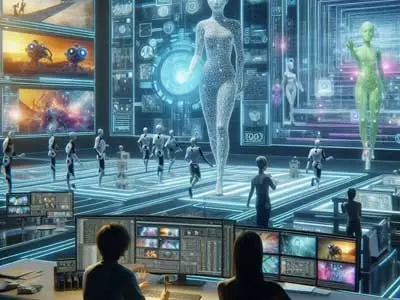
Virtual Production
In virtual production, MoA can streamline the process by coordinating various aspects such as virtual set design, character animation, and real-time rendering.
This collaboration allows for more efficient
production workflows and the ability to create complex scenes that would
be challenging to achieve using traditional methods.
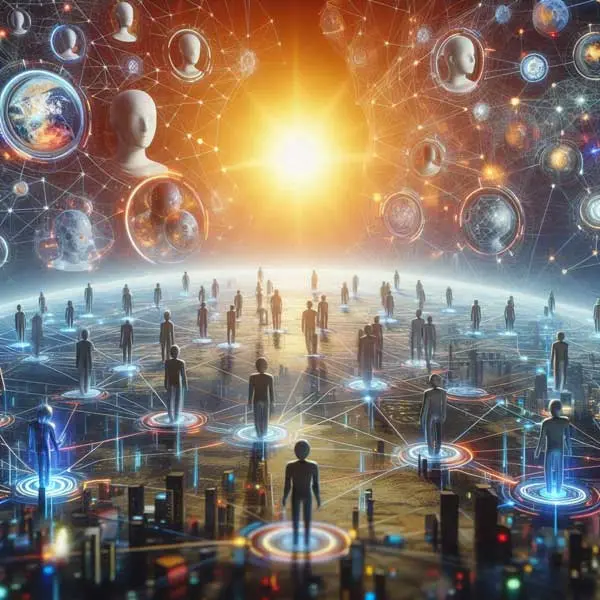
What is Mixture-of-Agents (MoA)?
The Mixture-of-Agents (MoA) model is an AI architecture that leverages multiple specialized agents working together to achieve a common goal.
Unlike traditional AI systems, where a single agent handles all aspects of a task, MoA distributes different components of the task to various agents, each with its own expertise.
These agents can be specialized in different domains, such as perception, planning, learning, or decision-making, and they collaborate to deliver a more efficient and effective solution.
The concept of MoA draws inspiration from the idea of ensemble learning in machine learning, where multiple models are combined to improve performance. However, in MoA, the focus is on creating a dynamic network of agents that can interact, communicate, and adapt to changing environments and tasks.
Advantages of Mixture-of-Agents

Specialization and Expertise
By assigning specific tasks to specialized agents, MoA systems can
leverage the strengths of each agent, leading to more accurate and
efficient outcomes.

Scalability
MoA systems can easily scale by adding new agents with different
specializations, making it possible to tackle increasingly complex
problems.

Flexibility
The modular nature of MoA allows for easy adaptation to new tasks and
environments. Agents can be swapped in or out as needed, enabling
continuous improvement and innovation.
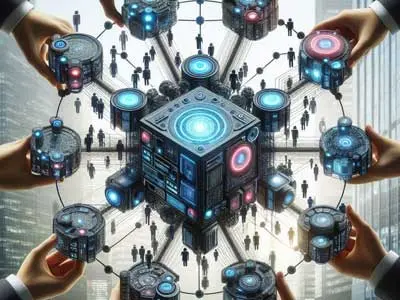
Collaboration and Synergy
The collaborative aspect of MoA allows agents to work together, sharing
insights and strategies, leading to more robust and resilient AI
systems.

Resilience and Redundancy: The Mixture-of-Agents (MoA) model inherently enhances the resilience and redundancy of AI systems, making them more robust and reliable in the face of unexpected challenges. In traditional AI systems, a single-agent model is often responsible for executing multiple tasks or decisions. If that agent encounters an issue, whether due to a bug, a misjudgment, or unforeseen circumstances, the entire system can fail or deliver suboptimal results. This creates a significant vulnerability, especially in critical applications such as healthcare, autonomous vehicles, or financial systems.
MoA addresses this vulnerability by distributing tasks across multiple
specialized agents, each designed to excel in a specific area. If one
agent fails or underperforms, the system can dynamically reallocate
tasks to other agents, ensuring continuity and minimizing the impact of
the failure. This built-in redundancy means that the failure of a single
agent does not necessarily compromise the entire system's
functionality.
How Does MoA Work?
In an MoA system, each agent is designed with a specific skill set and purpose.
For example, in a self-driving car system, one agent might specialize in object detection, another in route planning, and another in real-time decision-making.
These agents operate independently but collaborate by sharing information and coordinating their actions.
The MoA model allows for a flexible and scalable approach to problem-solving.
Since each agent is specialized, the system can optimize performance in different areas simultaneously.
Moreover, the MoA architecture supports modularity, meaning new agents can be added or existing ones replaced without disrupting the overall system.
This flexibility makes MoA particularly well-suited for complex, multi-faceted tasks that require a combination of skills and expertise.
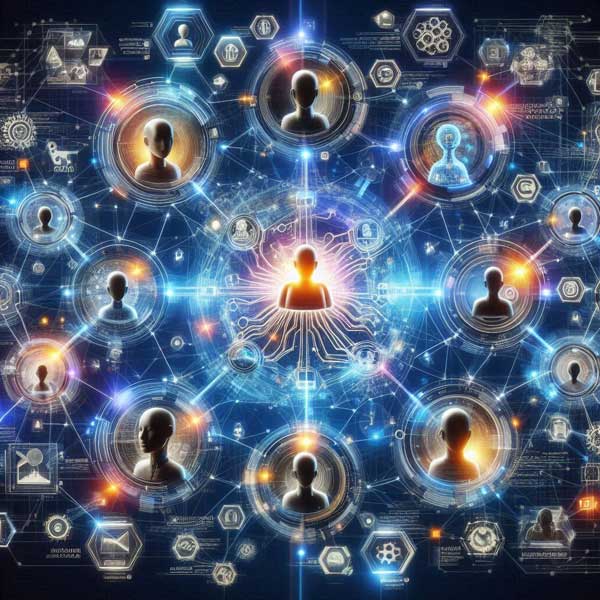
Applications of Mixture-of-Agents
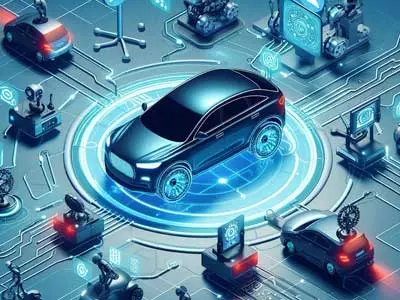
Autonomous Systems
In robotics and autonomous vehicles, MoA can enhance decision-making,
navigation, and interaction with the environment by combining the
expertise of different agents

Healthcare
MoA can be used in medical diagnosis and treatment planning, where
different agents focus on specific aspects of patient care, such as
symptom analysis, risk assessment, and treatment recommendation
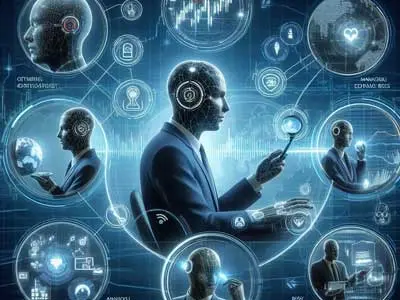
Finance
In financial services, MoA can optimize trading strategies, risk
management, and fraud detection by combining agents with expertise in
different market factors and economic indicators

Smart Cities
MoA can be applied to manage urban infrastructure, where different
agents handle traffic management, energy distribution, and public
safety, working together to create more efficient and sustainable cities
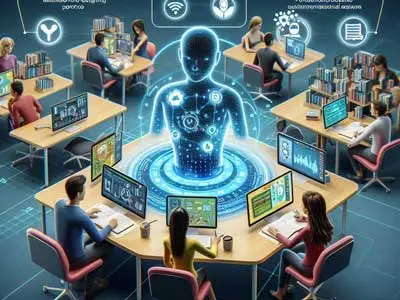
Education
Personalized Learning Experiences: In educational settings, MoA can facilitate personalized learning by integrating agents that assess student performance, recommend resources, and provide tutoring.
This can create tailored educational experiences that adapt to individual learning styles and needs, ultimately improving educational outcomes
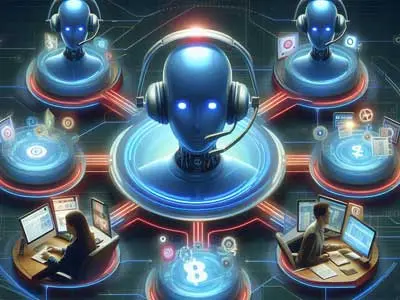
Customer Service
Enhanced Support Systems: MoA can be
used to improve customer service by employing agents that specialize in
different areas of support. For example, one agent could handle billing
inquiries, another could assist with technical support, and a third
could manage product information. This specialization can lead to faster
and more accurate responses to customer inquiries.
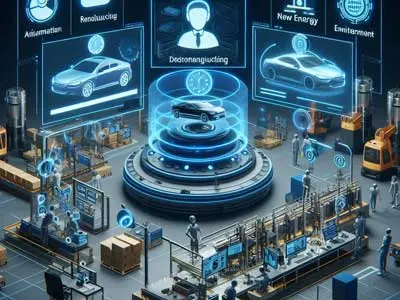
Smart Manufacturing
MoA can optimize production processes by integrating various
agents that focus on different aspects of manufacturing, such as supply
chain management, quality control, and equipment maintenance. This
integration allows for real-time monitoring and adjustments, leading to
improved efficiency, reduced costs, and enhanced product quality.
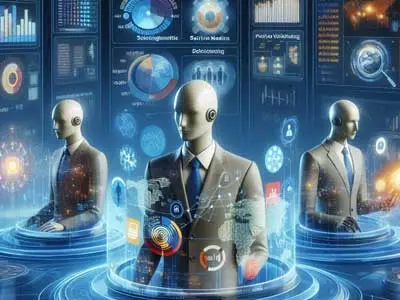
Data Analysis and Decision-Making
MoA can enhance data analysis by integrating agents that specialize in different analytical techniques.
This collaborative
approach can lead to more robust decision-making processes, as each
agent contributes its expertise to solve complex problems and derive
insights from large datasets
Domestic Ai Robots: Revolutionizing Home Lifestyle
Domestic robots are automated machines designed to perform various household tasks, making life easier and more efficient for homeowners.
These robots leverage advanced technologies, including artificial intelligence (AI), robotics, and smart sensors, to handle activities such as cleaning, security, maintenance, and even entertainment.
As technology continues to advance, domestic robots are becoming more prevalent in homes around the world, transforming the way we manage daily chores and interact with our living spaces.
Modern domestic robots come with a variety of features that enhance their functionality and user experience:
- Autonomous Operation: Many domestic robots are capable of operating independently, requiring minimal human intervention.
- Smart Home Integration: These robots often connect to smart home systems, allowing for coordinated actions and remote control via smartphones or voice commands.
- AI and Machine Learning: Equipped with AI, domestic robots can learn from their environment, adapt to user preferences, and optimize their tasks for better performance.
- Sensors and Navigation: Advanced sensors help robots navigate complex home environments, avoiding obstacles and efficiently completing their tasks.
- Energy Efficiency: Many domestic robots are designed to be energy-efficient, with features like auto-recharging and optimized power usage.
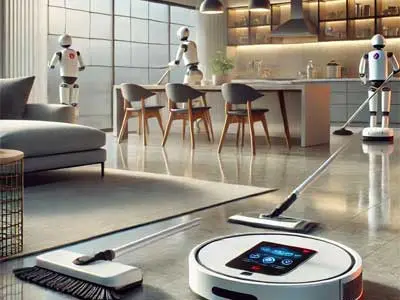
Cleaning Robots
These include robotic vacuum cleaners, floor moppers, and window
cleaners. They are designed to autonomously clean various surfaces in
the home

Security Robots
These robots patrol the home, monitoring for intruders, and providing real-time surveillance through cameras and sensors

Entertainment Robots
These robots are built to amuse and engage users, often featuring
interactive games, music playback, or storytelling capabilities.

Companion Robots
Designed to provide social interaction, these robots can engage in
conversations, remind users of appointments, and even play games.

Pet Robots
Pet robots are designed to mimic the behavior of real pets, offering
companionship, entertainment, and interaction without the need for
feeding, walking, or cleaning up after them. These robots are ideal for
individuals who cannot have live pets due to allergies, housing
restrictions, or lifestyle constraints.
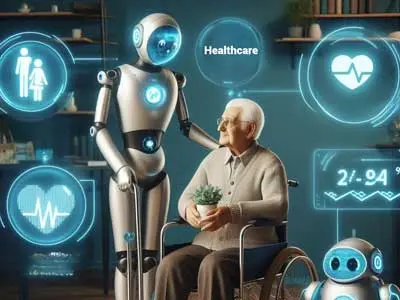
Healthcare and Personal Well-being Robots
These robots focus on assisting individuals with healthcare needs and
promoting personal well-being. They can help with medication reminders,
monitor vital signs, assist with mobility, and provide mental health
support through companionship and interaction.

Educational Robots
Educational robots are designed to enhance learning experiences for
children and adults alike. These robots can teach subjects like math,
science, and programming through interactive lessons and activities.
They often adapt to the learning pace and style of the user, making
education more engaging and personalized.
Recent Advancements in Domestic Ai Robotics
Autonomous Home Robots: Projects like the autonomous home-assistant robot utilize technologies such as ROS (Robot Operating System) and SLAM (Simultaneous Localization and Mapping) to navigate homes and perform tasks like delivering items and reminding users of appointments. These robots can be controlled through various interfaces, including gesture control and web applications
Learning Capabilities: New systems, such as Dobb-E, enable robots to learn household tasks quickly by observing human demonstrations. This system can teach robots to perform various chores, significantly enhancing their utility in everyday life
Open-source AI Integration: Researchers have developed robots that can execute tasks in unfamiliar environments using open-source AI, allowing them to adapt to new settings with minimal training. This includes moving objects based on verbal commands, showcasing significant progress in domestic robotics
Enhanced Interaction: Robots are being designed to understand natural language and respond to commands, making them more user-friendly and accessible for everyday tasks
Challenges and Future Directions
While the Mixture-of-Agents model offers significant advantages, it also presents challenges.
Coordinating multiple agents with different objectives and ensuring seamless communication between them requires sophisticated algorithms and robust system architecture.
Moreover, the complexity of MoA systems can lead to difficulties in debugging and interpreting the decision-making process.
Looking ahead, the development of more advanced communication protocols and coordination mechanisms will be crucial for the success of MoA systems.
Additionally, research into optimizing the balance between specialization and collaboration among agents will be essential to unlock the full potential of this approach.
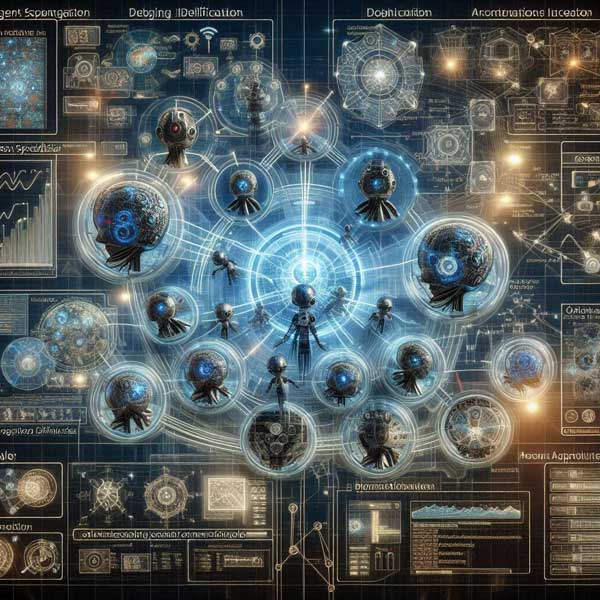

Evaluation and Results
MoA has been evaluated on several benchmarks, demonstrating significant improvements over state-of-the-art models:
- AlpacaEval 2.0: Together, MoA, using only open-source models, achieved a score of 65.1%, surpassing GPT-4 Omni's 57.5% by a substantial margin.
- MT-Bench: MoA secured top positions, even with marginal improvements over already high-performing models.
- FLASK: MoA showed substantial improvements in robustness, correctness, efficiency, factuality, commonsense, and insightfulness compared to GPT-4 Omni and the original Qwen1.5-110B-Chat model.
MoA is also cost-effective, outperforming models like GPT-4 Turbo by approximately 4% while being twice as cost-effective.
Ready to embark on a journey of AI transformation?
Let's turn your vision into reality. Contact us today to set your brand on the path to AI excellence with us.


